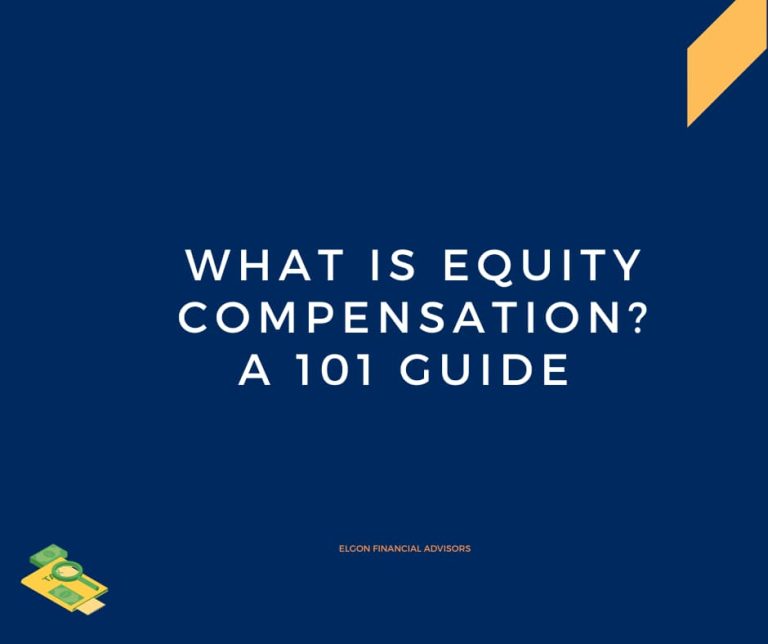As an immigrant, I always found it odd that my resident tax status did not always match my immigration residency status.
I assumed that being a resident by immigration standards, should carry across my finances, specifically my tax residency life, but that’s not the case. There are serious implications for making the wrong choice.
In this post, I’ll address the questions that every immigrant contends with at tax time.
What’s your tax residency status (which is not necessarily the same as your immigration residency status)? How does the government figure it out and what are the implications of your choice?
Why It’s Key for Immigrants to Get Their Resident Tax Status Right
As a whole, Americans stress a lot about making mistakes when filing their taxes. They fear getting audited or being accused of attempting to hide income or having to pay more due to some mistake on their annual tax forms.
Immigrants share those fears as well, with the added layer of the concern that a tax mistake could somehow affect their immigration status.
This is a legitimate concern. Immigration judges do want to see that citizenship applicants have filed and paid their taxes, before granting them citizenship.
Another concern is the fear that they will pay too much tax and probably end up being taxed on assets that should not have been included in the first place.
There is also the fear that they may expose themselves to complex tax issues that take up considerable time to resolve. There is also the special case of filing taxes as an immigrant for the first year in the US.
Tax Residency Definition
As a non-U.S. citizen, regardless of your legal status, your tax status is not straightforward, and you need to consider a couple of factors before settling on one or the other.
The immigration department or the U.S. Citizenship and Immigration Services (USCIS) and the tax department, Internal Revenue Service (IRS) do not define residency the same way for tax purposes.
Your tax status determines what tax form to use, what tax rates you will pay as well as the strategies you’ll have access to. It is crucial to get this right.
According to IRS, there are two tax options for anybody who is not a U.S. citizen. These are resident or nonresident status. But as mentioned above this does not always go with the strict legal immigration definition of residency.
Based on the federal definition, a Non-US citizen is anybody in the country who is not a citizen or national of the US and is commonly referred to as an alien.
The IRS uses two tests to determine if an individual is a resident alien or nonresident alien for tax purposes. An individual only needs to pass one of these tests to determine their tax status. The two tests are;
The Green Card Test
The Substantial Presence Test
The Green Card Test
If you were born outside the U.S. and you are not a U.S. citizen but have been granted legal permission to live and work in the country permanently, you are a green card holder or a permanent resident. In other words, you are a resident alien for tax purposes.
Since we file the previous year’s taxes in the current year, the green card test extends to the previous calendar year. For example, if you were a green card holder in 2020, but your immigration status is different in 2021, for tax purposes, you have passed the Green Card Test for the tax year 2020.
The Substantial Presence Test
This is the second test that the IRS uses to help determine your tax residency status.
If you are in the country, and you are not a U.S citizen, or a legal permanent resident (Green Card Holder), there is still a possibility that you may meet the requirements to be considered a resident for tax purposes if you pass the Substantial Presence Test.
The test applies to non-U.S. citizens in the country on different types of visas, for example, H-1B work visas.
The substantial presence test counts the number of days you have been in the country physically. To pass the test, you must be in the country.
- 31 days during the current year
- More than 183 days over 3 years. This includes the current year and the 2 years immediately before that. The formula works out this way.
- All the days in the current year
- 1/3 of the days you were present in the previous year.
- 1/6 of the days you were present in the previous year.
For example, let us assume you were in the country for 150 days in each of the years 2020, 2019, and 2018. To determine, your status for 2020 tax filing, here is the math;
2020 – 150 days (more than 31 days)
2019 – 1/3 of 150 = 50 days
2018 – 1/6 of 150 = 25 days
Total number of days = 150 + 50 + 25 = 225 days
The individual in this example meets the test and can file as a resident alien.
There are a few exceptions and modifiers to the above, that will end up pushing certain residents one way or the other. Two examples:-
- A student on an F1, J1, Q, or M visa must wait for 5 calendar years before starting the count on the 183 days.
- One can be on the list of exempted individuals, for example, you are exempt if on a G visa.
Based on the above criteria if you are a resident alien, then you’ll file taxes the same way as U.S. Citizen does. Just be mindful of the fact that the U.S. taxes citizens and resident’s on worldwide income.
This post on immigrants and worldwide income and taxes goes into the specific reporting requirements for foreign income and ways to deal with it.
Nonresident Alien for Tax Purposes
If you are not a US citizen and you don’t meet the requirements for either the Green Card Test or the Substantial Presence Test, you’ll be considered a nonresident alien for tax filing purposes.
This means that you’ll report and pay taxes on income earned in the U.S. only and you can exclude income earned outside of the country.
Note that nonresident aliens are subject to two different tax rates.
- One is for income earned directly, like wages, self-employment income, or from the operation of a business. This is taxed at the same rate as U.S. citizens.
- Second is for passive income like interest, dividends, rents, or royalties. This is taxed at a flat 30% rate unless there is a tax treaty between the two countries, which will specify a lower rate.
A few more things to keep in mind while filing as a nonresident alien.
- A nonresident filer may not file jointly if married and the spouse was a nonresident alien at any point during the tax year in question.
But if the spouse is a citizen or a resident, they can choose to be both treated as residents and file jointly married.
- The nonresident filer cannot take the standard deduction, although there are a few exemptions, based on their country of origin and any tax treaties that might be in place.
In terms of the actual mechanics of filing, a non-resident alien will use Form 1040NR, US Nonresident Alien Income Tax Return, or Form 1040NR-EZ, U.S. Income Tax Return for Certain Nonresident Aliens with No Dependents.
Once you determine your residency tax status, it’s key to consider your whole tax situation, including your sources of income, your future plans, and anything else that could remotely affect your tax status before you file your taxes.
If you would like to discuss the above or any other financial issue let’s chat.
To continue being a part of the conversation on financial issues that affect immigrants subscribe to Elgon’s blog posts by email here.

6 Things to Do
When Starting A Job on H-1B Visa
You are starting a new job on a work visa, there are some critical things, that will set up for financial success in the first 3-6 months. Download the free guide below for the detailed list!
We never spam. By signing up you’ll also receive access to future resources right to your inbox.
Disclaimer: This article is provided for general information and illustration purposes only. Nothing contained in the material constitutes tax advice, a recommendation for the purchase or sale of any security, investment advisory services, or legal advice. I encourage you to consult a financial planner, accountant, and/or legal counsel for advice specific to your situation. Reproduction of this material is prohibited without written permission from Jane Mepham and all rights are reserved. Read the full disclaimer here.

Recent Articles

What Is Equity Compensation? A 101 Guide For Immigrants
What is equity compensation? This is a 101 guide for immigrants and foreign nationals on work visas with equity compensation. I address NSO’s, ISO’s, RSU’s ESPPs and Performance Stock Units.
In this intro guide – we discuss the characteristics of each, the tax treatment of each type and what to watch out for with each type.

Where Is The Best Place To Invest Short-term Money Now?
Your short-term money (0 -3 years) is very different from your long term money (10-15 years +).
The priority is to keep that money liquid, and easily accessible. Next you want that money to keep up with inflation. Now if you can can get some interest of top of that, that will be awesome.
In this post we describe all the place you can invest your short-term money and how to think about your emergency fund.

How To Prepare For A Layoff On A Work Visa
Good financial planning will ensure you are well-prepared for when bad things happen.
If you are on a work visa, and you get laid off – you have 60 days to find another job or leave the country.
In this post, I provide a list of things you can do ahead of time to avoid having to scramble last minute if laid off.




